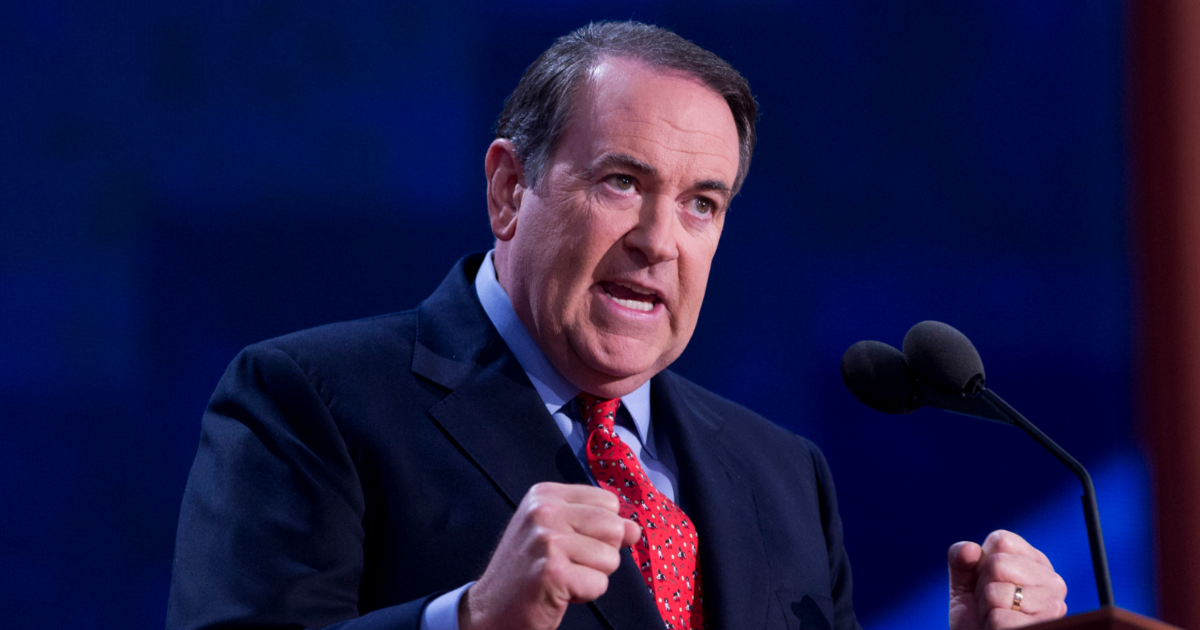Movies portray Wall Street banksters as slick, white guys with nice hair, wearing gray and navy suits and practically no minorities present. This stereotype is actually true. Eighty-one percent of management positions are held by individuals fitting the Wall Street stereotype, or something..
In 2010, Congress passed the Dodd-Frank reform, in order to place some restrictions on Wall Street operations and avoid another crash like the one that occurred in 2008. Dodd-Frank included a provision designed to boost racial diversity in the financial services industry. The provision created Offices of Minority and Women Inclusion within each of the government’s financial regulation groups like the Department of Treasury and Securities and Exchange Commission.
Corporate entities and the Chamber of Commerce have cried foul at the act saying it only leads to “reverse discrimination.” In a complaint letter sent from top financial lobbyist entities, the financial industry opposed alterations in hiring, openness to diversity, and company self-assessments requested by the provision.
“In an otherwise good-faith effort to utilize the joint standards and meet certain standards or metrics relating to ‘diversity,’ regulated entities may inadvertently run afoul of federal workplace requirements by, for example, engaging in ‘reverse’ discrimination,” said the Chamber of Commerce in its letter.
Foreclosure rates reflect the lack of diversity exhibited in the banking industry. According to the Center for Responsible Lending, in 2011, 10 percent of black borrowers had been foreclosed on, and 14 percent were about to be foreclosed on. Only five percent of white people saw foreclosure. The imbalance is not confined to social class, as 15 percent of high-earning hispanics experienced foreclosure.
Regulators contend that encouraging and enforcing diversity could help bankers to better understand American consumers.
“There’s a recognition that there are changing demographics in the country,” said diversity office head of the Consumer Financial Protection Bureau, Stuart Ishimaru. “There’s certainly a thought that if you have a more diverse workforce and if you have more diverse group of suppliers, that institutions very well could do a better job understanding a more diverse marketplace and how best to serve it.”
So far, the banks are playing against the diversity provision of Dodd-Frank in very much the same way as they are fighting actual banking regulations. They spend millions on lobbyists to protect an apparent “white sanctity” of Wall Street, saying it’s discrimination of white folks. In fact, they don’t even want the the public to know about the lack of diversity in the industry.
Josh is a writer and researcher with Ring of Fire. Follow him on Twitter @dnJdeli.


